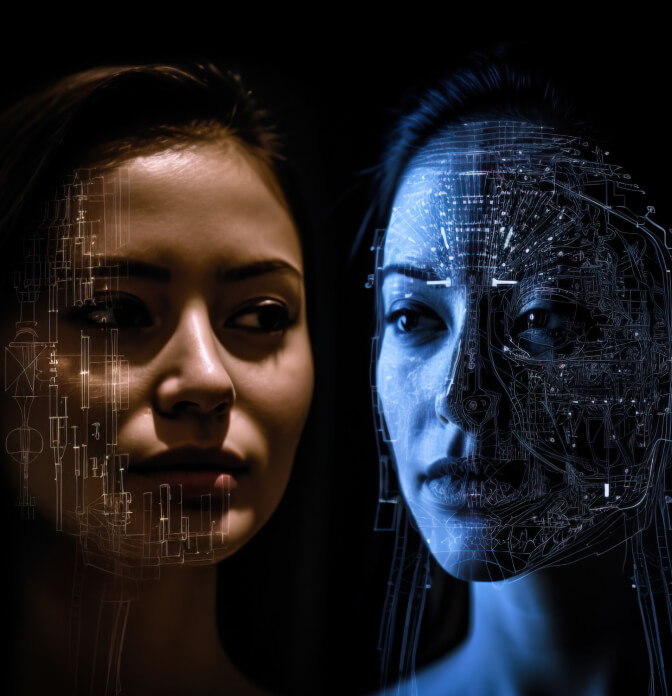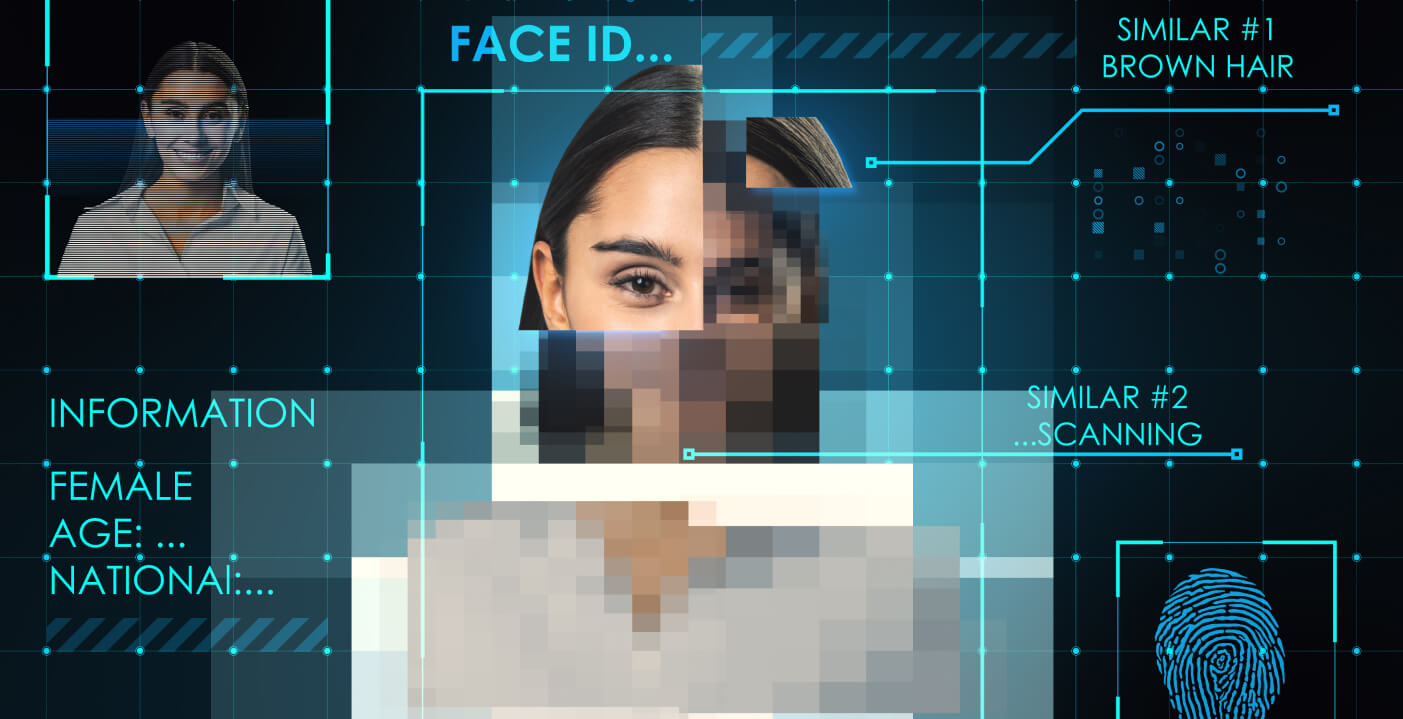“These videos are fake. It is disturbing to see rampant misuse of technology.”
This was cricketing legend Sachin Tendulkar’s reaction to his deepfake video being circulated online.
In the video, Tendulkar can be seen promoting an app called ‘Skyward Aviator Quest’ and even claims that his daughter Sara Tendulkar is earning good money by playing on this application.
Tendulkar is among the innumerable people – celebrities and commoners – who fall prey to this technology.

What is Deepfake?
Deepfake videos, images, and audio are synthetic media created using artificial intelligence (AI) techniques, particularly deep learning. This technology manipulates the original media to make it appear like someone is saying or doing something they never did.
Here’s how it works:
Deepfake technology involves training a deep learning model on a large dataset of a target person’s images, audio, and videos. This model learns the person’s facial features, expressions, and speech patterns. Then, using another set of images, video, and audio data, the model can synthesize new footage where the target person appears to be speaking or acting in a specific way, even if they have never done those things.
Deepfake videos, images, and audio are synthetic media created using artificial intelligence (AI) techniques, particularly deep learning. This technology manipulates the original media to make it appear like someone is saying or doing something they never did.
Implications of deepfake technology
Deepfake technology, while powerful and innovative, presents a double-edged sword.
For businesses, its potential benefits include creating realistic simulations for training, enhancing customer service interactions through AI-powered chatbots, and personalizing marketing content. At the same time, the ethical and legal risks associated with deepfakes are significant. Malicious actors could use them to damage a company’s reputation through fake videos, launch sophisticated phishing attacks, or cause financial losses by manipulating stock prices. Businesses must be cautious and implement robust strategies to mitigate these risks while exploring the potential benefits of this evolving technology.
Despite their potential for entertainment or creative expression, deepfakes pose significant threats to individuals. They can be weaponized to spread misinformation and propaganda, tarnishing reputations and influencing public opinion. The technology can also be used for malicious purposes like privacy violations, creating embarrassing or damaging content, and even financial scams using voice phishing.

Identifying Deepfake Media
Identifying deepfake media requires keen observation and awareness of subtle cues. Here are some handy tips to look out for in identifying potential instances:
Facial inconsistencies: Notice odd facial expressions, blinking patterns, or unnatural movements.
Lip sync errors: Check for mismatches between spoken words and lip movements.
Lighting irregularities: Examine lighting and shadows for inconsistencies that may indicate manipulation.
Blurred edges: Look for distorted edges around the face, especially near the hairline or chin.
Strange backgrounds: Watch for unusual patterns, reflections, or anomalies in the background.
Audio abnormalities: Listen for glitches, background noise, or changes in voice tone.
Deepfake detection tools: Utilize online tools or software to identify potential deepfake content.
Identifying media requires keen observation and awareness of subtle cues.

Tips to protect yourself
- Always confirm the identity of people online, especially if they request sensitive information or actions. If someone claims to be a friend or family member, ask them a personal question only they would know to confirm their identity
- Report any suspicious calls to the police or at
- If you suspect a call might be a deep fake or fraudulent, it’s best to end it immediately and report and block that number.
- Do not give out personal information or money to people you do not know or trust.
- Conduct a reverse search of the media shared.
Reporting Deepfake crimes
The Information Technology (IT) Rules, 2021 remedies such crimes. Victims are encouraged to report suspicious experiences as a First Information Report (FIR) at the nearest police station or https://cybercrime.gov.in/.
Awareness is critical to fostering a safe and secure online environment
Recognizing the importance of employees in combating cyber threats, AM International conducts regular cyber awareness programs. These modules are curated and led by industry experts.
AM International’s Cyber Awareness programs empower employees to become an active line of defense against cyber threats.
These sessions equip our team members with the knowledge and tools to stay vigilant and protect themselves and the organization from evolving online threats. Effectively, they empower employees to become an active line of defense against cyber threats.
This proactive approach strengthens AM International’s overall resilience against cybersecurity challenges.
